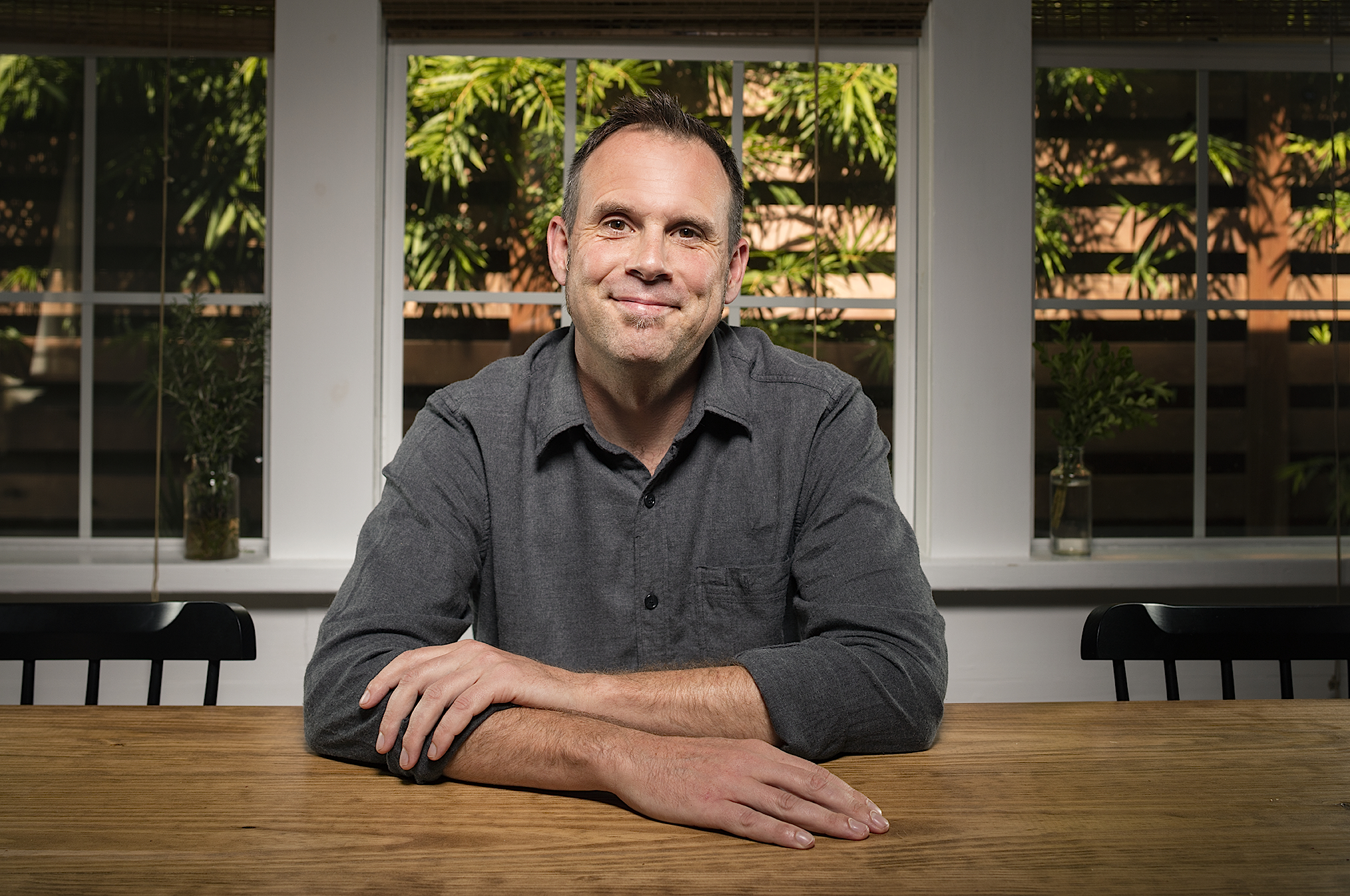Storytelling Tip: The Hook
I was meeting with my physical therapist yesterday and after we did some exercises, she assessed my walk. She said, “Do you feel the big toe on your right foot?” This question gave me pause.
I felt my big toe and I must have had a curious expression on my face because she then went on to explain how my body wants to twist – wants to literally drag my right leg along. My work was to give equal responsibility to both legs for my walking – to find balance.
This was a pretty normal conversation to have in a physical therapist’s office – but something in my stirred. Something familiar. I felt the tug. I felt the hook.Balance.
This is how it works for me and storytelling. Something hooks me in my day and it is usually something that does not immediately translate into a story. I really didn’t know how this image of a body trying to align itself was going to land as a story. Would it be about a crab? A one-legged pirate? No immediate ideas, so I let it go.
And then, a few hours later I found myself writing about a barber with a wounded leg. The wound seemed insignificant at first but then developed into the center of his existential dilemma. He became like the Fisher King in the Arthur stories. His wound effected an entire town – and balancing his legs, healing the wound, became the antidote to a failing town.
Only after I wrote it did I realize that this part of the story was born in physical therapy. The hook stayed and even though I “forgot” about it, it continued to work on me.
Hooks lodge themselves in your narrative body all day long. They stay with you and don’t mind if you “forget” about them. You might have been moved by a turn of phrase by an interviewee on the radio. You might have seen a hawk overhead on the way home. You might have noticed a curious expression on a coffee vender’s face or a notable gesture from the gas station attendant. These hooks become a part of you and wait. They wait to be dislodged in a moment of inspiration – and ideally a moment of creative expression.
So I use them for stories.
Today, notice your hooks. Notice when you are moved, irritated, inspired or impressed. Note the hooks and then see if you can use them later. Perhaps when telling your spouse about your day – or writing in your journal – or telling a story to your little one as she is falling asleep.
About the authors
-

David Sewell McCann
Story SpinnerDavid Sewell McCann fell in love with spinning stories in first grade – the day a storyteller came to his class and captured his mind and imagination. He has been engaged in storytelling all of his adult life through painting, film-making, teaching and performing. Out of his experience as a Waldorf elementary class teacher and parent, he has developed a four step method of intuitive storytelling, which he now shares through workshops and through this website.



